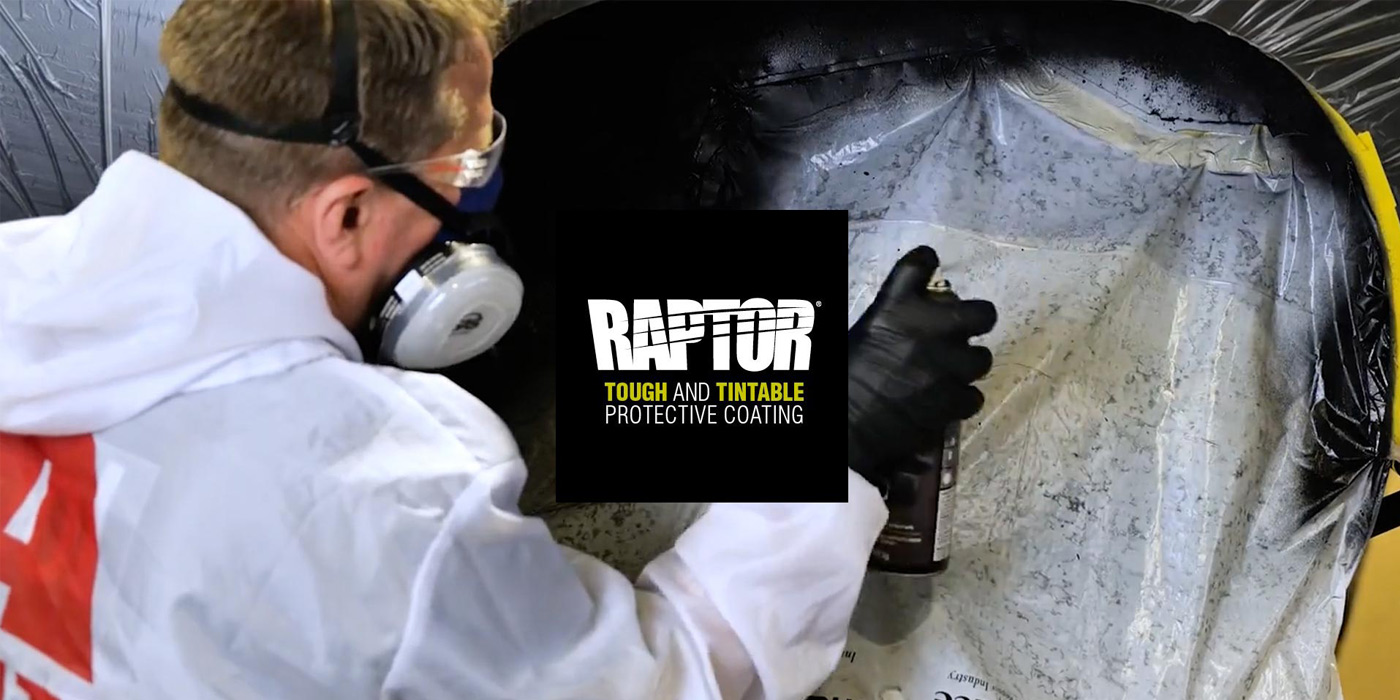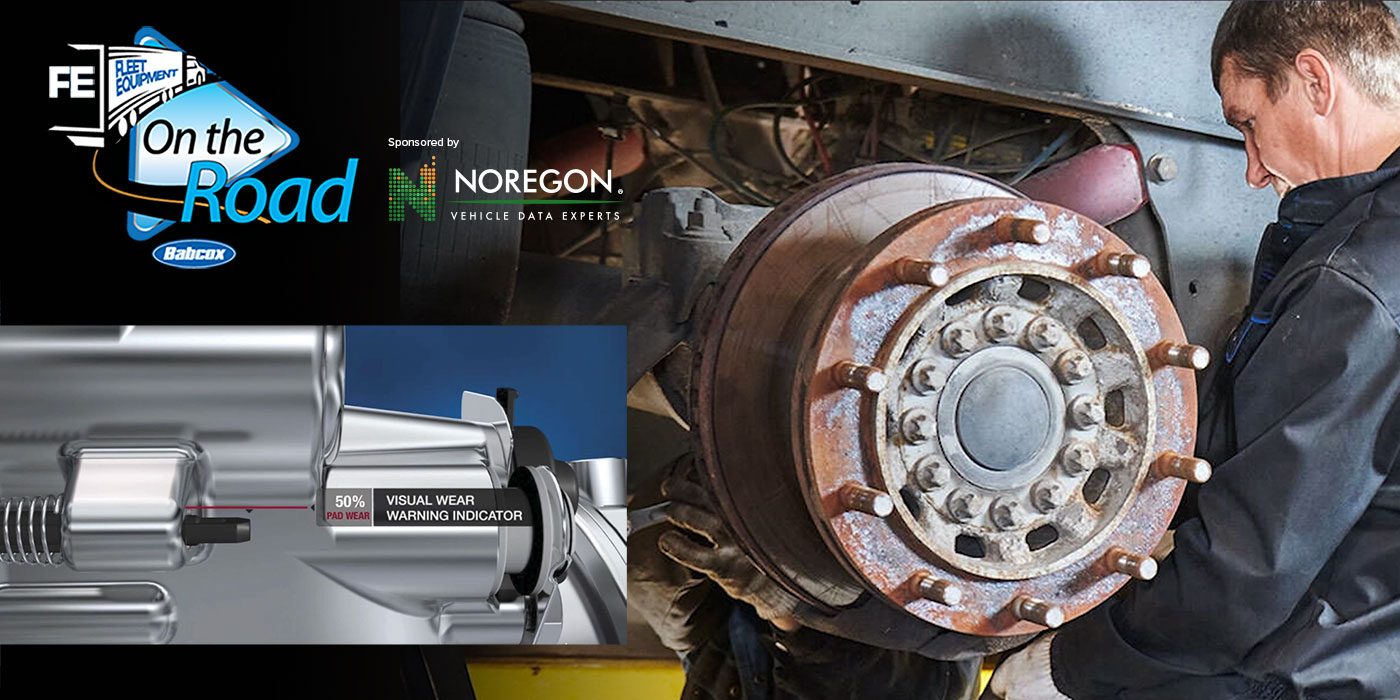Consider your suspension and chassis as the very backbone of your truck. You don’t have to be the next victim of the Delayer’s unscheduled maintenance mayhem. With the right suspension maintenance, you can successfully journey through even the most questionable routes. Here’s Rob Clements, senior project engineer at Reyco Granning, to discuss some of the most important things to keep an eye on when it comes to the health of your suspension.
“Knowing and understanding what you’re working on at the time can help out areas to look for,” Clements said. “One of the biggest things is following the published maintenance schedule for your suspension. At Reyco Granning in all of our manuals there is a maintenance schedule, or at least a maintenance recommendation, that lays out what to do when.
“We recommend a pre-service inspection before the vehicle goes into service,” he continues. “There is a first service inspection, which is a 1,000 to about 3,000 miles on the vehicle. Every U-bolt that goes into service like that needs to be retorqued. We recommend the 1,000 mile point. That one point in particular is where we actually see quite a few failures.
“Beyond the first service inspection, we’re looking at annual preventative maintenance inspections and that’s going to go on for the life of the vehicle. During replacement of any service parts, if anything does need to be serviced, go ahead and check torques—look for signs of anything out of ordinary or anything out of place. And then upon discovery of any loose components, go back and do a full inspection on that suspension.”
Routine maintenance is an optimal time to check in on the system, even if it’s not the primary focus of servicing. Here’s Rob with an in depth look into what other pieces of equipment to keep an eye on: “Look at things like grease in the kingpins. Does it look dry or can you see fresh grease where you should? During inspections, if you do have an air suspension, put your hands on the air springing. There’s a lot of times you can’t see the whole air spring and so you can put your hands on it, feel around. Do you feel lumps? Do you feel degraded rubber, possibly even cords, tears, anything like that?
“Make sure to look at the rubber bushings,” he continues. “Are they showing any signs of degradation? Are the ends getting kind of chalky or actually seeing rubber kind of flaking off of that?”
When it comes to your truck drivers, what can they do while out on the road and away from the shop? Rob says they can look for indicators like tire wear.
“If you are seeing odd tire wear, if it’s different left to right across the tire, that can be a towing issue. If you’re seeing zigzag patterns or other odd tire wear, that can be an indicator of loose bearings on that wheel. Cupping and some other, that can be an out of balance tire,” Clements said. “General drivability of the vehicle, that’s another big one. If it’s not feeling quite as crisp as it used to, if you’re noticing wandering on the road as you’re driving down the road, that’s a big indicator. And depending on the vehicle noises, if you’re hearing a squeak or a clunk or a bang or if you’re feeling something kind of like that while you’re driving, you can tell something’s a little loose.”
“That can be a huge indicator of anything from a low tire to wheel bearing failure to something like a seized kingpin to a bad ball joint, anything like that,” he said.
Suspension maintenance and ensuring that nothing goes unnoticed is key to keeping your fleet on the move. By following these recommendations, even the demon haunter of Fleet Street stands no chance against your healthy trucks.
Fleet Equipment’s On The Road is sponsored by Wix Filters. Subscribe to our newsletter to catch every episode as we dive into the best practices and servicing information to keep your trucks On The Road.













